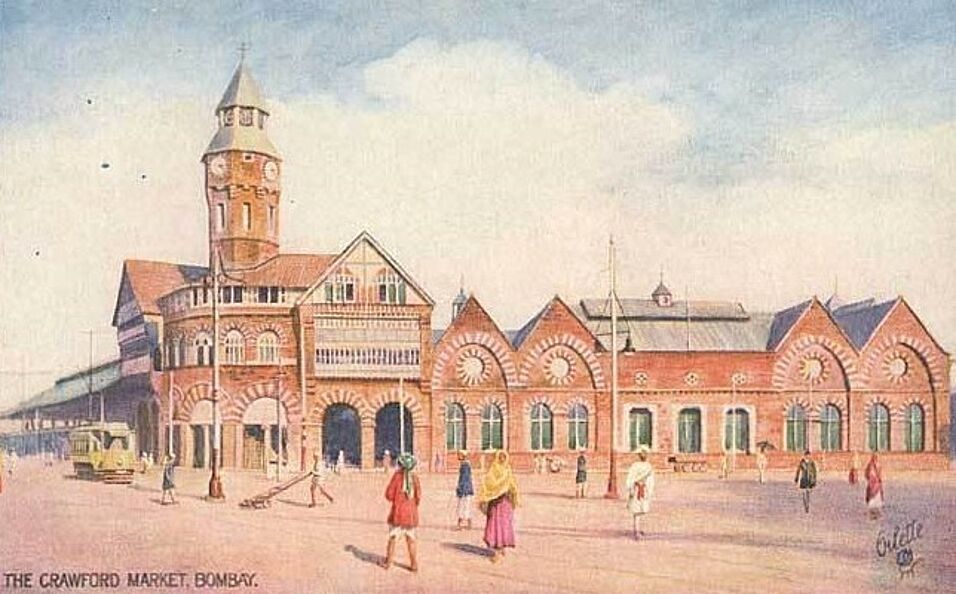Between 1860 and 1940, over fifty market halls were constructed across British India, embodying new colonial approaches to urban governance, public health, and modernity. These monumental buildings responded to advances in medical science and sanitary reform, replacing traditional bazaars with enclosed, hygienic spaces designed to control disease and improve urban order. Their development paralleled the expansion of railways and global trade networks, integrating Indian cities into broader economic systems. Architecturally, market halls combined Victorian styles— especially Neo-Gothic—with local Indo-Saracenic elements, projecting imperial authority and civic pride. Functioning as both practical marketplaces and symbolic landmarks, they stood alongside museums, libraries, and railway stations as embodiments of colonial progress. This lecture explores how market halls represented a convergence of political, social, and scientific currents, revealing the complexities of modernization and control in colonial India’s urban landscapes.
Monuments of Modernity: Market-Halls of Colonial India
26.06.2025 17:30 - 19:00
Organiser:
Institut für Südasien-, Tibet- und Buddhismuskunde, in Kooperation mit dem Indian Council for Cultural Relations
Location:
Seminarraum 1 des Instituts für Südasien-, Tibet- und Buddhismuskunde, Campus der Universität Wien, Spitalgasse 2, Hof 2.7, 1090 Wien
Verwandte Dateien
- 2025-06-26_-_Sohoni.pdf 557 KB

Postkarte des Crowford Market, Bombay
